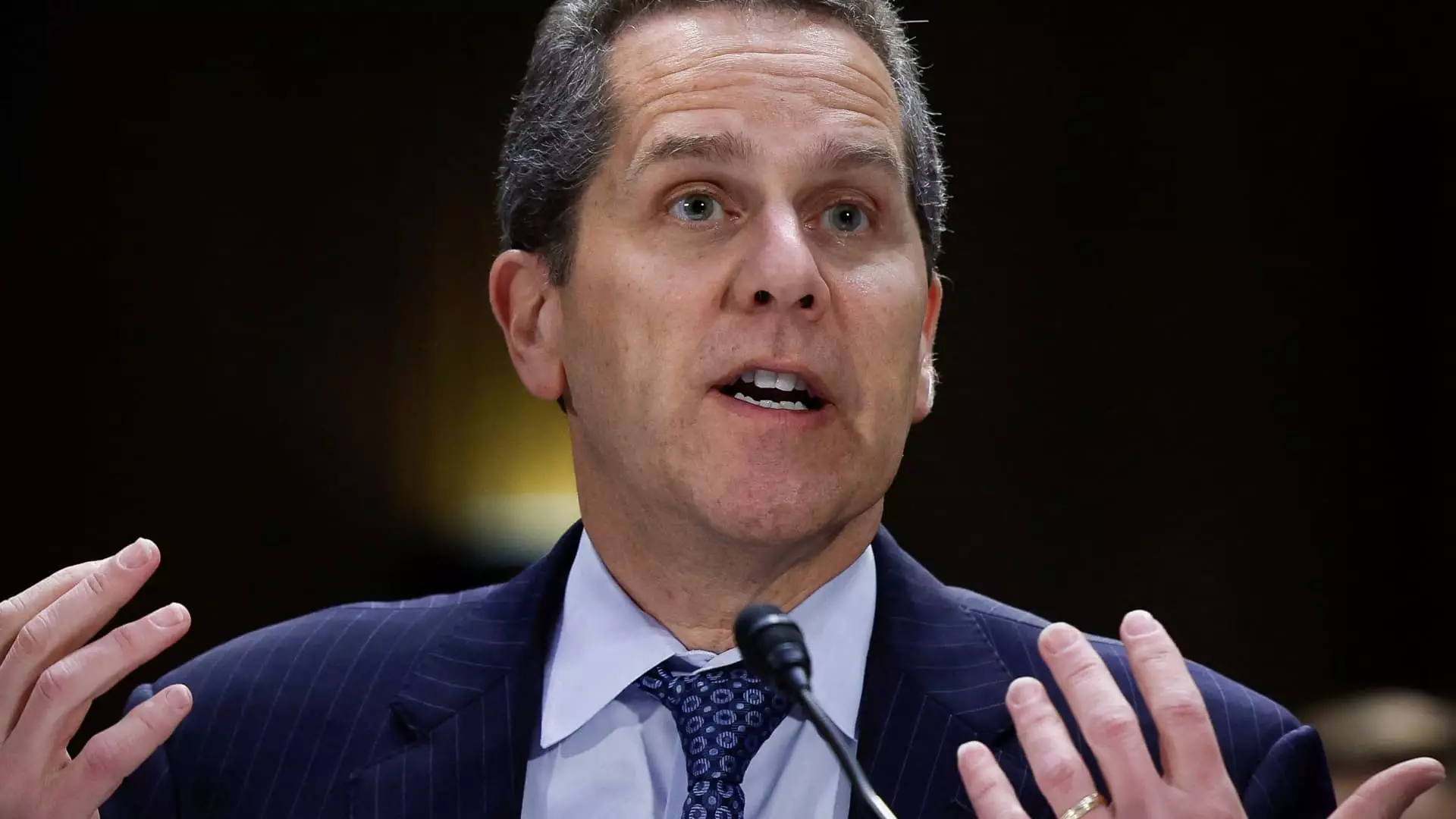The recent changes to the proposed U.S. banking regulations by a top Federal Reserve official have sparked discussions and debates within the financial sector. Originally, the Basel Endgame aimed to increase capital requirements for the world’s largest banks by approximately 19%. However, after receiving feedback from various stakeholders, including banks, business groups, and lawmakers, the revised proposal now suggests a more moderate 9% increase in big bank capital. This adjustment comes as a response to concerns raised about the potential impact of the original plan on the banking industry.
Fed Vice Chair for Supervision, Michael Barr, emphasized the need to strike a balance between enhancing the safety and oversight of risky activities in the banking sector and ensuring that lending remains accessible and affordable. He acknowledged that there are both benefits and costs associated with raising capital requirements, highlighting the importance of aligning these objectives. The decision to revise the proposal reflects a thoughtful consideration of these factors and aims to address the concerns raised by industry experts.
The initial proposal faced opposition from industry executives, such as JPMorgan Chase CEO Jamie Dimon, who expressed reservations about the potential implications of increased capital requirements. The lobbying efforts of these stakeholders played a significant role in influencing the decision to reduce the proposed capital hike. Moreover, the revised regulations now exclude regional banks with assets ranging from $100 billion to $250 billion, except for a specific provision related to unrealized gains and losses on securities. This exclusion is intended to prevent a repeat of past failures in midsized banks due to deposit runs triggered by market fluctuations.
Overall, the revision of U.S. banking regulations signifies a collaborative effort between regulatory authorities and industry participants to strike a delicate balance between financial stability and market competitiveness. Moving forward, it will be crucial to monitor the implementation of these revised regulations and evaluate their impact on the banking sector. By addressing the concerns raised during the feedback process, regulators aim to foster a more resilient and sustainable banking system that can weather future economic challenges. Stay tuned for further updates on this evolving regulatory landscape.

